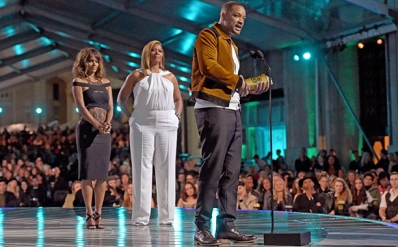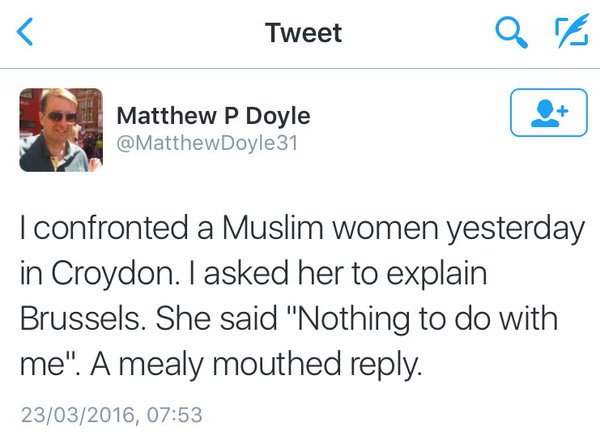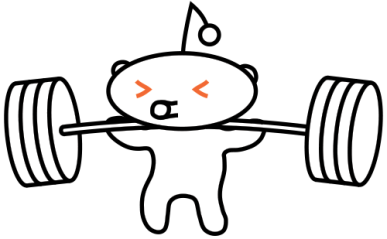Wow, it’s crazy to think that the semester is already at a close. These past few months and my last semester of my undergraduate career went by faster than I expected, and my graduation ceremony is on Friday (so close!).
With a major in both English and Linguistics, this class was very different than others I’ve taken, and for that I am thankful. The name of this class, “Writing for Social Media,” attracted be because it sounded as if it would applicable to real life while also being fun and interesting. The class also counted as the final English elective that I required to graduate. So far, my English major classes had been predominately literature classes – which I enjoy, but I would have liked diversity. This class allowed me to see how relevant an English major can be in the real world, and what potential clients would ask for in a job-like scenario.
I’ve always really enjoyed writing and for the longest time I had contemplated creating a blog. However, laziness, classes, jobs, and other hobbies have always gotten in the way. Although this class “forced” me to create a blog, it was good for me to be forced and not continue putting blogging in the back-burner. I appreciate that it was mandatory to write regularly. While I planned on writing more than I did, it was difficult due to having two jobs and it being my last semester of school. I don’t think I did too bad, and I’m pleased with all the writing that I did for my blog because I purposely only wrote pieces that I could look back on and be proud of.
What I will take away the most from this class is the importance of social media, and how people from around the world can participate and share ideas and discuss major issues. I never realized how big the world of social media actually is until this class. While I have always actively participated in this world, it wasn’t until I had to analyze and find topics of social media that I was able to realize that social media is this generation’s way of communicating, sharing, and participate together in a global community. I will always look at social media now as more than simply a way to share personal pictures (i.e., Instagram), or post quick personal thoughts (i.e., Twitter). Instead, in a sense, I now believe that Social media truly shapes and represents our society.
As a part of my final reflection of this class, I have created a word cloud that portrays the top words that I used throughout all of my posts. I purposedly omitted the most common words in English (such as “I” or “on”) to focus on the meaning of what I wrote instead.

I also ran the text of all my blog posts through a text analyzer, which produced this lovely chart:
| Total word count : | 5356 |
| Number of different words : | 1492 |
| Complexity factor (Lexical Density) : | 27.9% |
| Readability (Gunning-Fog Index) : (6-easy 20-hard) | 9.9 |
| Total number of characters : | 31697 |
| Number of characters without spaces : | 25560 |
| Average Syllables per Word : | 1.68 |
| Sentence count : | 284 |
| Average sentence length (words) : | 19.41 |
| Max sentence length (words) : | 49 |
Both the word cloud and the chart were interesting in that they allowed me to see exactly what I created in the last couple of months.
~~~~
I would like to thank anyone who has read any of my blog posts throughout the semester. I’ve also appreciated any comments, likes, or critiques. I hope to continue blogging in the future!
Have a wonderful Summer, everybody.
xox


















